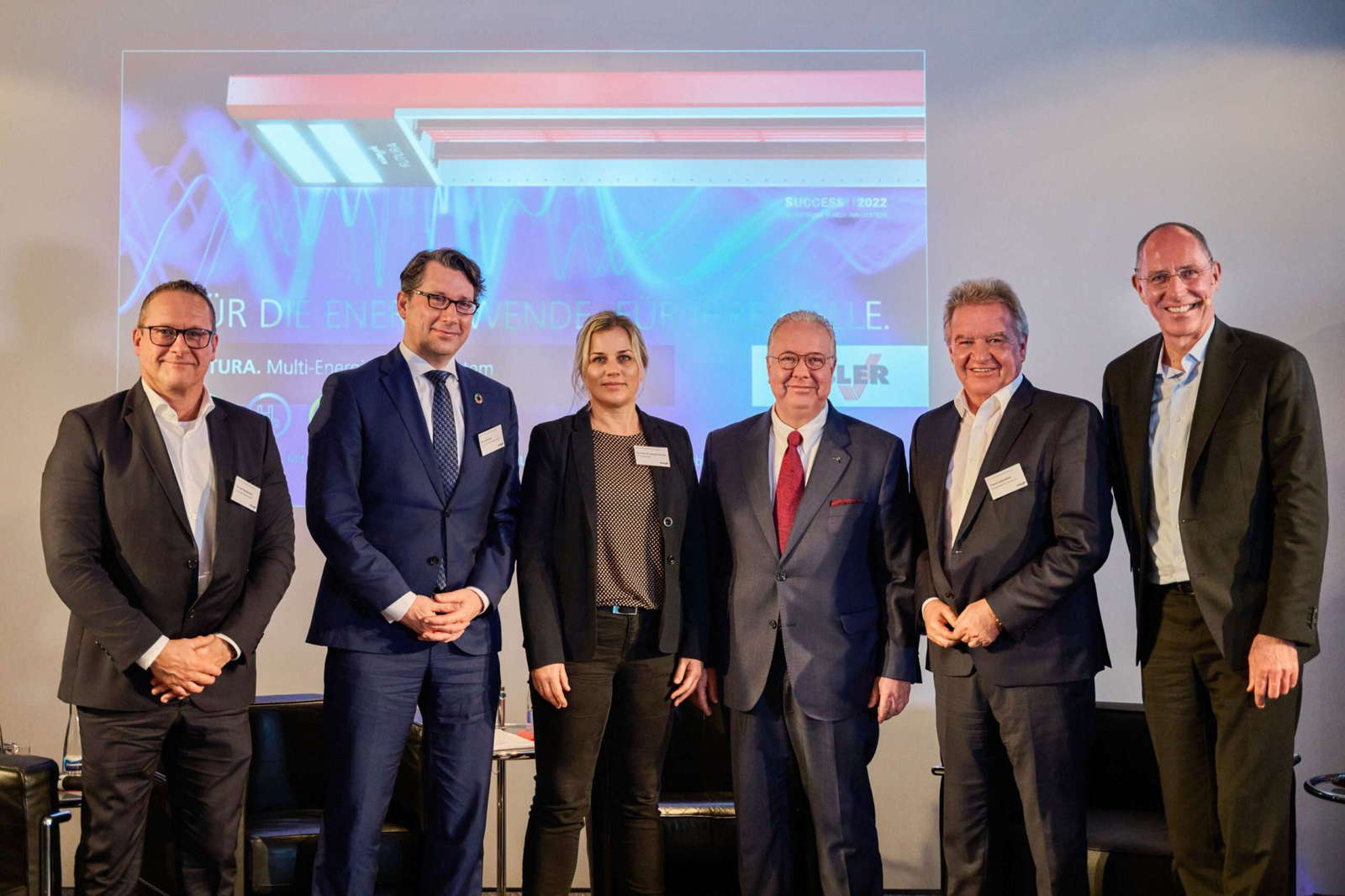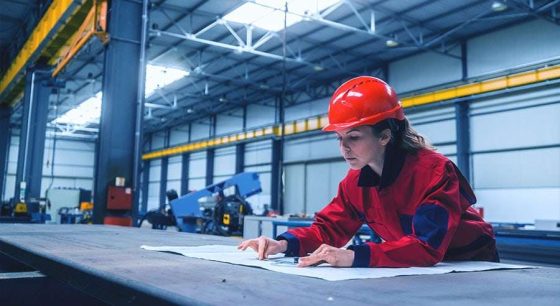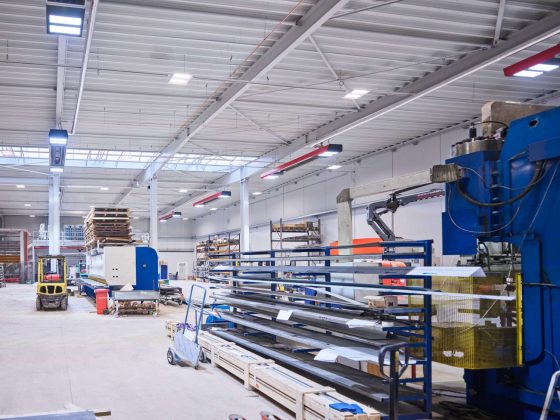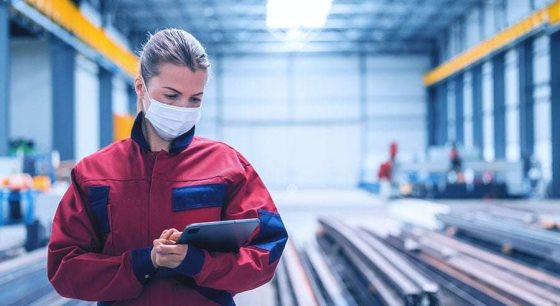Amendment to the Building Energy Act: FDP announces switch from energy efficiency to emission efficiency

The industry is in a debate between regulation and feasibility as well as between focus and openness to technology. Thomas Kübler founded the company of the same name 30 years ago and set up his own R&D unit. Five years ago, the company began developing FUTURA, an innovation for the energy transition. To mark the launch of this unique infrared heating system for industrial halls, experts discussed the challenges of the energy transition. An excerpt from the expert dialog:
Daniel Föst MdB, Building and housing policy spokesman for the FDP parliamentary group in the Bundestag:
"We will have a major amendment to the Building Energy Act next year. At the moment, I have the impression that we are getting bogged down.
Ich finde, wir müssen stärker die Systemproblematik auflösen. Deshalb halte ich es für sinnvoll, das GEG von der Energie- auf die Emissions-Effizienz umzustellen. Wir sollten definieren, wie man CO₂ einspart – und uns nicht auf eine einzelne Technologie konzentrieren.
Our benchmark should be emissions efficiency."
Franz Untersteller (The Greens), Former Minister of the Environment of the State of Baden-Württemberg:
"It's not enough to say that we want 65 percent renewable energy when installing new heating systems from 2024.
Es ist wichtig, dass wir CO₂ vermeiden. Egal mit welcher Technologie. Bei mancher Debatte in Deutschland denke ich: irre.
Wir brauchen mehr Pragmatismus, der schadet auch in Berlin nicht. Ich wünsche mir mehr Pragmatismus, denn es geht um CO₂-Einsparung – und zwar kostengünstig.
Why should Norway only build green hydrogen, but not blue hydrogen as well? I can't see where the problem lies. If Norway goes through with it and we in Germany continue to focus on green, it may be that an energy-intensive company will move away from Germany.
We have been discussing the introduction of smart meters for eight years. I have the impression that there are two or three people in the authorities who want to make everything more and more complicated.
We urgently need to differentiate in the GEG. A daycare center is different from a 40-meter-high hall."
Michael Hauer (The Greens), State Secretary in the Ministry for Climate Protection, Environment, Energy and Mobility of the State of Rhineland-Palatinate:
"KÜBLER GmbH is a beacon in Rhineland-Palatinate. I hope that the innovations that come from here will also be implemented by the entire state. The development of FUTURA is a great opportunity to access energy when it is needed.
We will have to change our behavior and business models. Climate protection targets can no longer be postponed. We need a regional energy transition. And we need technological openness.
We are working with Berlin on a daily basis and will drive forward the GEG in such a way that differentiation takes place in non-residential buildings."
Prof. Dr. rer. nat. Svenja Carrigan, TU Kaiserslautern, Professor of Building Physics Modeling:
„Europa wendet sich von Primärenergien ab – hin zur Einsparung von CO₂: Welches Energiesystem kann ich wie verwenden? Wir brauchen nicht nur den Fokus auf den Betrieb einer Energiequelle, sondern den gesamten Lebenszyklus. Wir müssen dezentraler werden und größer denken.“
Thomas Niederhofer, Managing Director of the Knauf Interfer Business Unit Steel
"We need new incentives. As a company, we have so much space that we can also install photovoltaics on the ground. But we also need to have the option of crediting electricity and not just blindly firing it into a system. We need more flexibility. In Holland, e-cars are charged at night and used as a battery station during the day when they are not needed as a car.
Wir haben große Hallen in fast allen Bundesländern. Wir versuchen erst einmal, Energie zu vermeiden, um so CO₂ zu reduzieren. Wir werden in einer sehr großen Halle, die gerade umgerüstet wurde, ab sofort ca. 76 % Energie einsparen, weil wir auf die Technik von KÜBLER gesetzt haben. Wir haben bei dieser Investition einen roi (Return on Invest) von nur 2,5 Jahren! Man muss nicht das Kind zum Brunnen tragen, sondern das ist unternehmerisch eine Auto-Motivation, das einfach zu machen. Die Technologie ist ja da.
We have also calculated heat pumps for ourselves. We would need a 1000 kilowatt power supply line for this hall. Our energy supply company won't go along with that. It won't work with a heat pump. We also can't install underfloor heating because our floors have to be designed for heavy loads, which no underfloor heating can survive. And radiant ceiling panels on the roof weigh 4 to 5 times more than the KÜBLER technology. The statics of the hall can't withstand that. And even if it did, there would be no static capacity for PV at all. Heat pumps in halls don't work."
Dr. Robert Seguin, Energy and grid specialist, Manager THEMA Consulting Group AS in Oslo/Norway:
"In Norway, 100 percent of energy is renewable thanks to hydropower. The energy system's dependence on the weather will increase the need for flexibility. Without flexibility in the system, the conversion of the energy system will be expensive. Flexibility is needed to cover demand, for the grid and for system stability."
Thomas Kübler, Managing Partner of KÜBLER GmbH:
"We are all the energy transition. Everyone can make their contribution. We do not have to and should not wait for anyone. We can only expect political decision-makers to draw on the expertise of business and science and incorporate it into their decision-making processes.
Companies that reduce their green footprint must be supported. Every euro invested there comes back several times over in taxes. Dear politicians, don't be so stingy.
There is no ideology-bound solution. Make the Building Energy Act open to all technologies!
We are going the wrong way. We must not fight the pain, we have to tackle the causes. Energy that is not needed is good energy.
Flexible tariffs and volatility are essential if the energy transition is to succeed.
We can do the energy transition, we are ready for the energy transition - if we are allowed to. With more flexibility and an openness to technology."
The expert dialog with presenter and ARD climate expert Thomas Ranft can be viewed in full at https://www.youtube.com/watch?v=ej6OX0eMYWM
You can also listen to the Deutschlandfunk report: https://www.deutschlandfunk.de/wahre-energieschleudern-wie-in-industriehallen-energie-gespart-werden-kann-dlf-d0ebf38e-100.html
To the FUTURA:
KÜBLER GmbH is a classic niche expert for heating systems in industrial halls. The Ludwigshafen-based company has its own R&D unit. The latest development from this product forge is the FUTURA, which works independently of the energy source. The infrared heating system for halls uses hydrogen, electricity, gas or a mix of these. It can process green and fossil fuels highly efficiently, thus building a bridge to the carbon-free era.
This works both in mono mode and in mixed mode. Depending on which energy is currently available or particularly cost-effective. "In this way, we ensure security of supply and stabilize the grids," says Thomas Kübler. "But above all, our solution is economical. Infrared is the ideal way to heat large rooms." This refers in particular to halls with a height of four meters or more. The innovative solution also integrates the LED lighting of hall buildings in a single device and can be used for new buildings as well as for the energy-efficient refurbishment of existing buildings.
The state of Rhineland-Palatinate has already awarded the company the "Innovative Technology for Climate Protection" innovation prize for the FUTURA as part of the SUCCESS 2022 competition.
Background:
With ceiling heights of 4 to 40 meters and areas of up to 10,000 square meters and more, their room dimensions cannot be compared with apartments, offices or daycare centres, which are usually built as multi-storey buildings with clear heights of around 2.50 meters. This also applies to the heating of such room colossi - it is incomparably more demanding than in the much lower multi-storey buildings. However, this differentiation is not made in the planned 65% renewable energy rule in the Building Energy Act.
"If such large rooms are to be heated in an energy-efficient manner, very special technologies are required. Rarely has it been as urgent as it is today to use all the technological resources available to us to effectively counter the energy crisis," says Thomas Kübler. He is a proven expert in heating industrial halls.
Kübler says: "Efficient heating is about providing heat with as little loss as possible in the areas of the hall where people work and need heat. As a rule, this is not at a ceiling height of 10 or 20 meters, but in an area around 2.00 meters above the hall floor." This cannot be ensured with a heat pump either. The technology is not made for this.
The efficiency of special hall heating technologies can be seen in energy refurbishment projects for industrial halls. Savings of up to 70 percent are realistic. This relieves the financial burden on companies with cost savings of several tens or even hundreds of thousands of euros per year, depending on the size of the project. The greenhouse gas reductions are correspondingly high.
For this reason, a revision of the Building Energy Act is necessary, in which openness to technology and differentiation between different types of non-residential buildings should be fundamental.
-
The price of fossil fuels is rising. Also due to the increased CO₂ tax. It is becoming increasingly important for hall operators to generate heat in an energy-efficient manner. Find out how the right hall heating can help you to absorb rising costs.
-
Save energy costs and protect the environment: Dark radiant heaters are among the most efficient heating systems for halls that you can buy. But which infrared system is right for you? We give you an overview.
-
Back in July 2022, the BMWK published its concept paper on the amendment to the Building Energy Act (GEG), thereby not only causing hopeless uncertainty, but also preventing investment in necessary energy-efficient renovations. First things first: the amendment has not yet been passed - and it is questionable whether it will actually be passed 1:1. Because if you trust Struck's law, a law does not usually leave parliament in the form in which it was introduced.
-
Anyone who operates one of the approximately 360,000 hall buildings that have been built in Germany since the 1960s has certainly already got cold feet this winter. It is quite likely that the heating systems in these halls are over 20 years old and are likely to cause regular malfunctions or even production stoppages. Not to mention the high heating costs or the trouble with employees and the works council.





